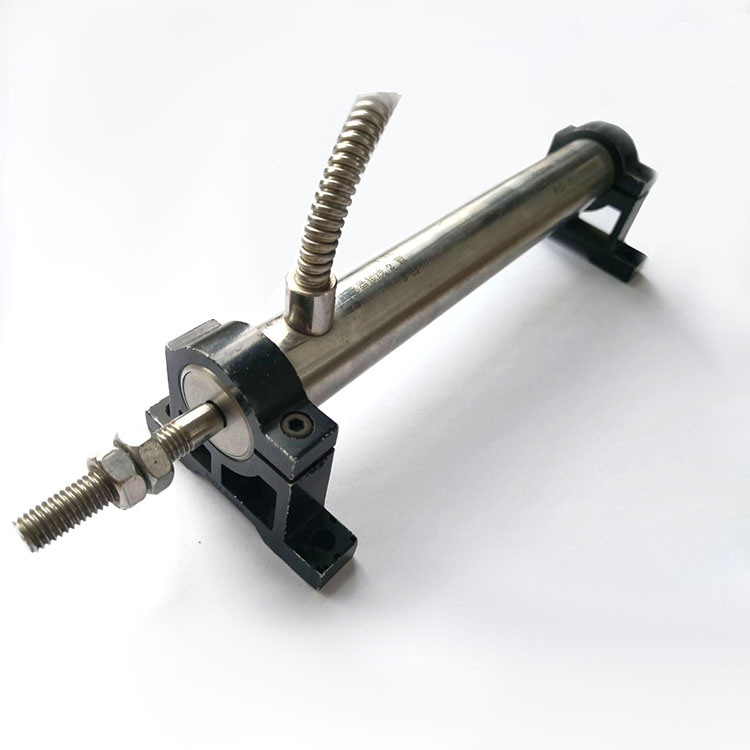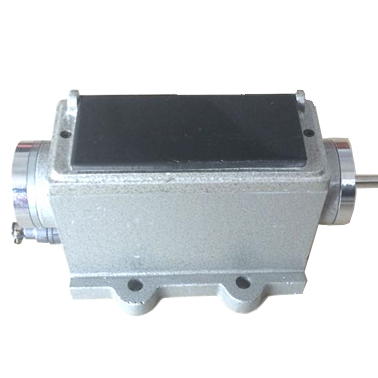Position sensors are used in a wide range of automation and measurement applications. A key step in selecting a suitable position sensor is understanding the requirements of sensor size, resolution, repeatability, accuracy, mounting constraints and environmental ruggedness. This paper discusses the available position sensing technologies and concludes with a key feature comparison.
Linear position sensors measure the distance between an object and a point of reference, as well as changes in position. They do this by converting displacement into an electrical output. A wide variety of measurement principles can be used to let you make precise and reliable measurements for a broad range of applications. Linear position sensors and measurement systems are used in industrial applications as well as in scientific laboratories.
Within their specified measurement range, LVDT sensors provide excellent linearity. They are capable of detecting very small changes in position and have virtually unlimited resolution. As a result, LVDT sensors are also suitable for measuring high accelerations and high measurement cycles.
Linear inductive position sensors are durable, long-lived, and especially stable under temperature fluctuations. That means they are ideal for measuring linear travel in almost any industrial setting – especially with hydraulic or pneumatic applications.

Position Measurement,Ut-81 Level Indicator,Td-1 Displacement Sensor,4000Td Position Sensor
Wuxi Winsun Automation Instrument Co., Ltd , https://www.winsunwx.com